A bold new $62 billion clean energy future has been announced for Queensland – including the largest pumped hydro scheme in the world, which will supply clean, reliable and affordable renewable energy for half of Queensland’s entire energy needs.
Queensland Premier, Annastacia Palaszczuk, said the plan will make Queensland the renewable energy capital of the world.
The Queensland Energy and Jobs Plan includes:
- 70 per cent of Queensland’s energy supply from renewables by 2032
- 80 per cent by 2035
- Two new pumped hydros at Pioneer/Burdekin and Borumba Dam by 2035
- A new Queensland SuperGrid connecting solar, wind, battery and hydrogen generators across the State
- Unlocking 22GW of new renewable capacity – giving Queensland eight times the current level
- Publicly owned coal fired-power stations to convert to clean energy hubs to transition to, for example, hydrogen power, with jobs guarantees for workers
- Queensland’s publicly-owned coal-fired power stations to stop reliance on burning coal by 2035
- 100,000 new jobs by 2040, most in regional Queensland
- 11.5GW of rooftop solar and 6GW of embedded batteries
- 95 per cent of investment in regional Queensland
- Building Queensland’s first hydrogen ready gas turbine
- Projects subject to environmental approvals
Ms Palaszczuk said the visionary plan will set Queensland up for the next century, with the focus on cheaper, cleaner and secure energy for Queenslanders.
Ms Palaszczuk also discussed a new publicly owned entity – Queensland Hydro – to progress the project.
“The Pioneer-Burdekin mega project, west of Mackay could be the largest pumped hydro project in the world, with potential generation capacity 2.5 times that of Snowy 2.0,” Ms Palaszczuk said.
“It has the potential to deliver up to 5GW for 24 hours or 120GWh, given the favourable topography of the area.
“That’s 617 times larger than South Australia’s Hornsdale battery and 20 times larger than Wivenhoe.
“The high-quality wind and solar resources across North Queensland means it could also unlock large volumes of renewable energy capacity for local industry.
“This makes the region even more attractive for global investment in emerging industries like green hydrogen, green metals and manufacturing.”
Queensland Treasurer, Cameron Dick, said publicly owned entity – Queensland Hydro – would ensure Queenslanders continue to reap rewards from their publicly owned energy assets.
“Since 2018, the Palaszczuk Government has delivered up to $575 of dividends to Queensland electricity customers via asset ownership dividends and cost of living rebates,” Mr Dick said.
“All that money – $1.19 billion – has gone back into the pockets of Queenslanders instead of corporate shareholders.
“That’s only possible because Queenslanders own their electricity assets and weren’t sold off like the former LNP government wanted to do.”
Queensland Hydro will conduct further studies and deliver a detailed assessment for the Pioneer-Burdekin project to Government in 2024, including consultation with traditional owners and the community, hydrological modelling and assessment of environmental and social impacts, as well as commercial and financial modelling.
Queensland Hydro will also continue to investigate other large-scale, long-duration pumped hydro sites in the event the project is unable to proceed.
The Climate Council’s CEO, Amanda McKenzie, said the Queensland Government’s plan shows significant progress for state.
“Queensland has substantially raised its renewable energy target to 70 per cent by 2032, with a $62 billion investment in regional communities, good jobs and clean power for all Queenslanders,” Ms McKenzie said.
“This now puts Queensland ahead of the big states for their 2030 renewable energy targets.
“Queensland is now aiming for 60 per cent by 2030 – compared to Victoria which has pledged 50 per cent by 2030 and no specific target for New South Wales.
“The great work Queensland has started must be accelerated with a rapid replacement of coal and gas-fired power by clean, cheap renewables over this decade. There will also be no need for any new fossil fuel projects.”
AEC General Manager for Corporate Affairs, Ben Barnes, said the encouragement of private investment, alongside state commitments, would be critical to its overall success.
“We support the ultimate aims of cleaner, cheaper power and stand ready to work positively with the Queensland Government towards the plan’s success. We note very major investments will be made by publicly-owned businesses which will unavoidably have some impact on investor confidence.”
QRC Chief Executive, Ian Mcfarlane, issued cautionary support for the plan, warning also that work was needed in attracting large-scale private investment.
“The energy plan’s ambitious centrepiece, a transition to 70 per cent renewable energy by 2032, will require detailed planning and extensive industry and community consultation over many years,” Mr Macfarlane said.
“This underlines the opportunities to diversify Queensland’s energy mix, but also the immense size of the challenge.
“Queensland will need large-scale investment to meet this target, but at the moment Queensland is cementing a reputation as a higher risk jurisdiction where the rules of engagement can change suddenly without warning.”
QRC said recent increases to coal royalties, to which it is opposed, had eroded industry confidence in its leadership.
“The biggest signal the Palaszczuk Government has sent to resources and energy investors in 2022 is to hike coal royalty taxes to the highest in the world, without consultation.
“A recent report from Commodity Insights warned of the significant risk of a contagion effect to investment in other commodities, including gas and hydrogen. International investors are sounding a note of caution that Queensland is no longer the trusted place for project partnerships that it once was.”



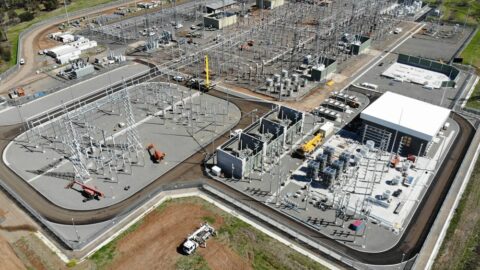


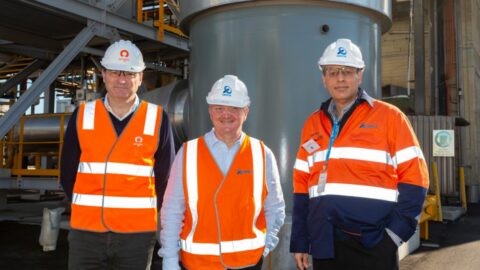

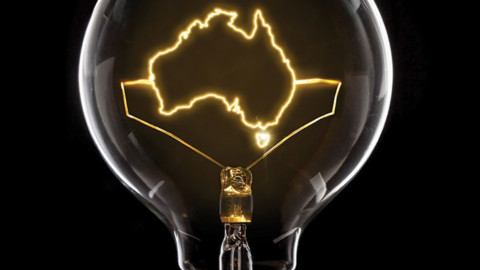
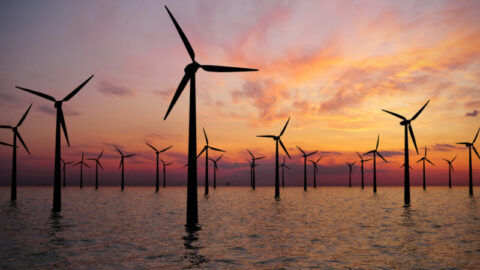
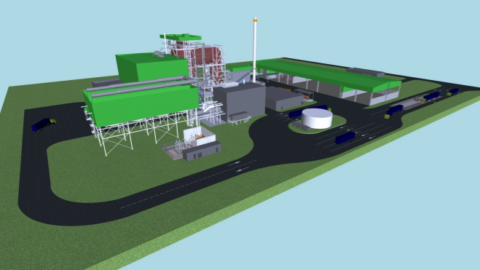






It was not long ago that Queensland Premier, Anastacia Palaszczuk was going to throw $20 MLLION to CSIRO to examine the “Bradfield Scheme” which obviously she had no intention of building. When you want to hide your intentions, FORM A COMMITTEE. Where is the Garnaut Report? The CSIRO can always find reasons for Governments not to proceed with proposed Infrastructure.
A superior scheme devised by the brilliant Engineer, Lewis Beaton Sangster REID was provided to Chris Chilcott of CSIRO c 2021. THERE WAS NO REPLY.
Previous estimates of the cost of Bradfield was $15 billion. I suggest the REID plan would cost less but neither the LNP, the ALP or Mr Chilcott wish to acknowledge the advice tended or even that such a brilliant Engineer EXISTS.
Where is the Premiers “detailed project design”? Why expose our descendants to years of unnecessary taxes when the State is currently in a financial stranglehold. When the corruption is finally exposed by competent Americans, Big Pharma wont be around to throw millions into the political parties coffers.
Its easy to use a compliant media with big words and promises (100,000 new jobs by 2040) and use the let out claims, ” Projects subject to environmental approvals” and futuristic claims, 2030; 2040 etc.
How much electricity will it take to pump water “up the hill”? ( A copy of the white elephant Snowy 1 &2)
Does the Nursery rhyme ring any bells? “Jack & Jill went up the hill to fetch a pail of water. Jack fell down and broke his crown and Jill came tumbling after.”
Where are the Engineers of Australia. Squeak up.